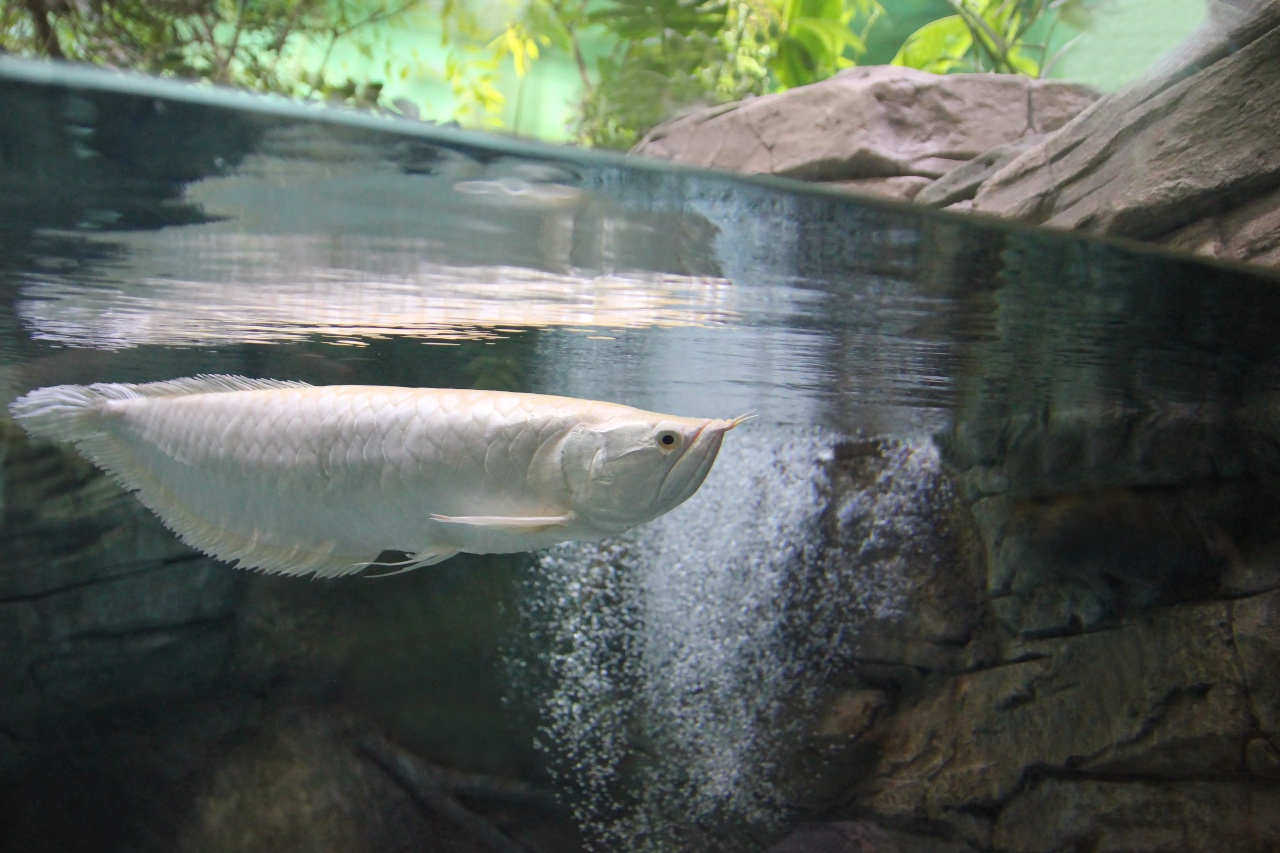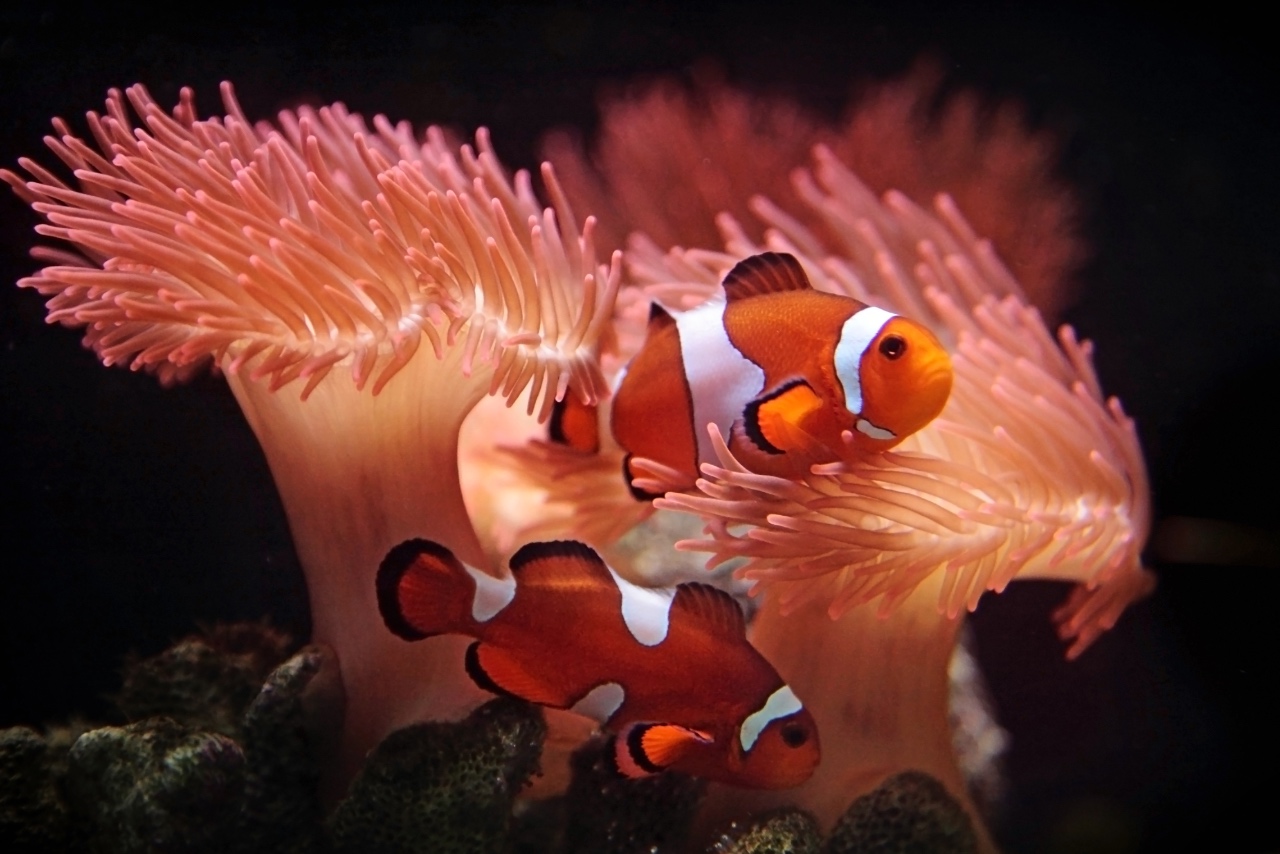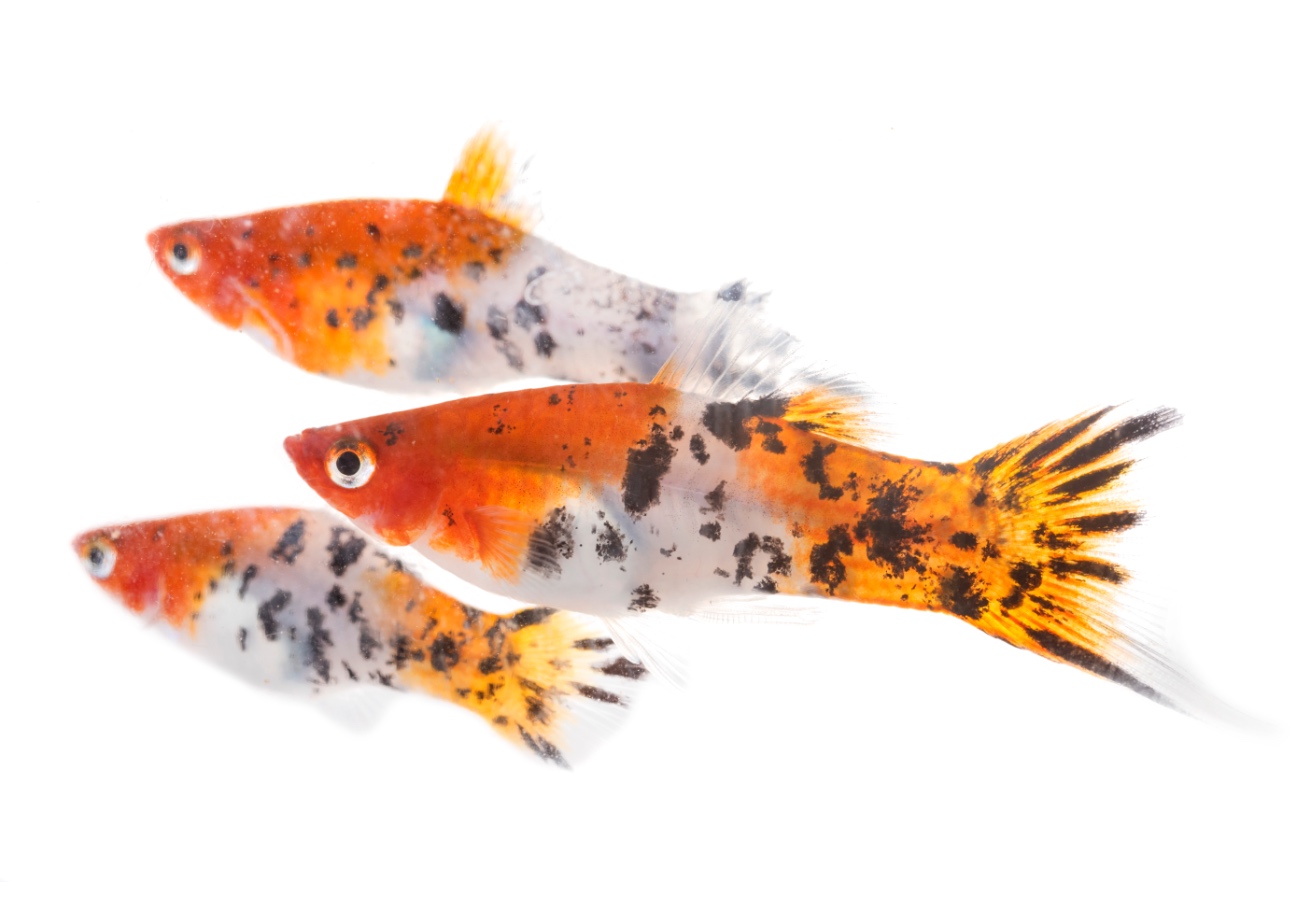The Celestial Pearl Danio, a small and colorful fish, was discovered a few years ago, and since then, it has been on aquarists’ favorite list.
They are native to Southeast Asia and live peacefully with other fish of the same size and temperament. Freshwater fish like Mollies, Guppies, and Neon Tetras are the best companions for Celestial Pearl Danio.
They are found in vivid coloration and patterns. Some of them have spots of white pearl, while others can have red fins and much more. They look attractive in each appearance.
In this guide, we will learn everything about them, from their care to their breeding, so stick to the end. Before getting to the details, let’s take a brief look at the table –
| Category | Rating |
|---|---|
| Family | Cyprinidae |
| Diet | Omnivorous |
| Temperament | Peaceful |
| Lifespan | 3-5 Years |
| Size | Up to 1 inch |
| Care Level | Medium |
| Color Form | White/golden spots along the body and red colored on the fins |
| Tank Set-Up | Freshwater: highly vegetated and shallow |
| Minimum Tank Size | 10 gallons |
| Compatibility | Peaceful communities |
Celestial Pearl Danios Overview
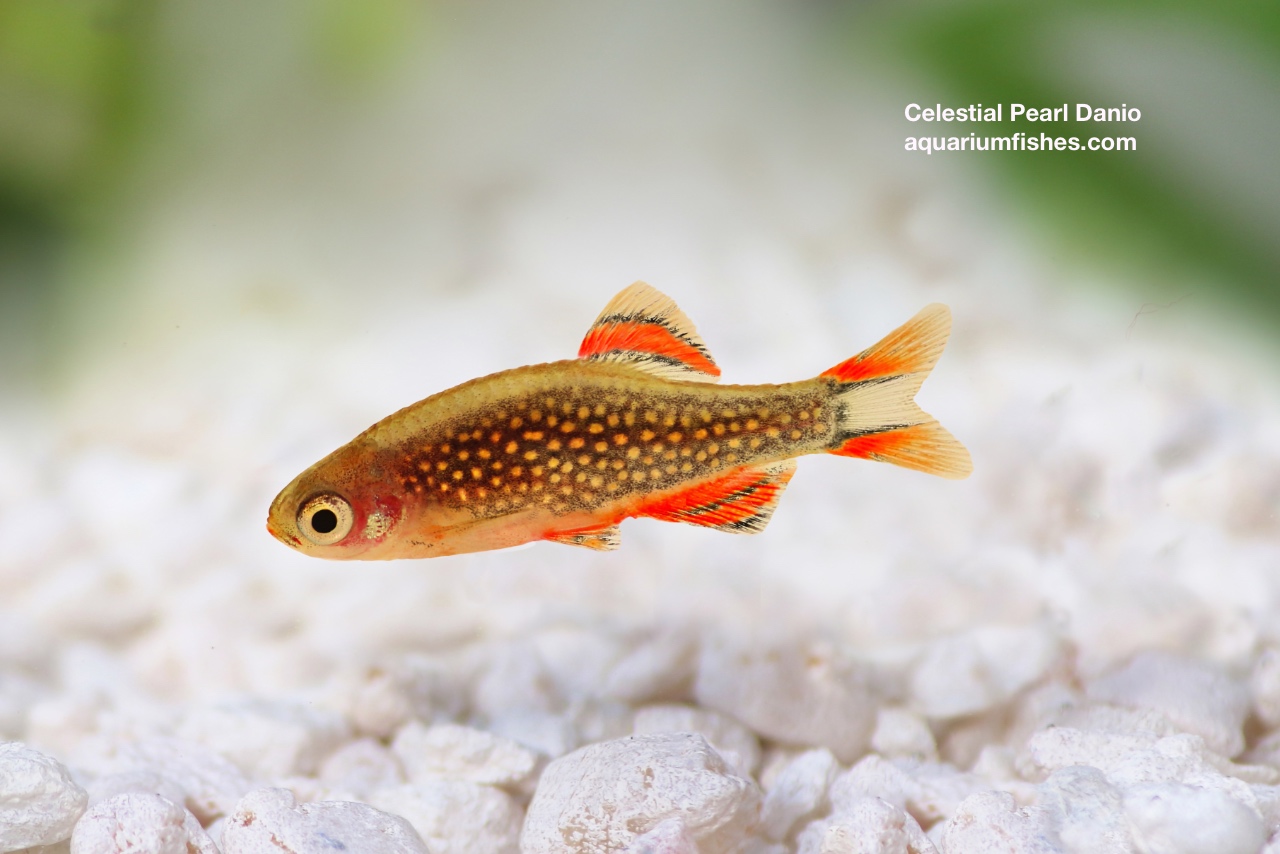
Celestial Pearl Danio, discovered in 2006, is also known as Galaxy Rasbora and Danio Margaritatus. These fish, with their vibrant coloration and vivid appearance, belong to the family of Cyprinidae.
These small fish are non-aggressive, and the average lifespan of a Celestial Pearl Danio is 3-5 years. They are timid but quite social and active. Celestial Pearl Danios make companions with other fish of the same size and temperament.
But, any other fish can easily turn these small Danio into their lunch. So, be careful while choosing a community tank for them. They are quite famous among aquarists and their peaceful nature makes them perfect even for a beginner.
Celestial Pearl Danios Appearance
Celestial Pearl Danio is very small and grows only up to 1 inch. Its vivid coloration and patterns make it stand out from other fish in its family. It looks similar to the members of the Cyprinidae family, but this is still unclear.
The appearance of male and female Celestial Pearl Danio is dimorphic. The male has a slim body with brighter coloration, whereas the female has a round body with little faded coloration.
People often choose males for their aquariums because of their attractiveness. But that’s not healthy. Despite their peaceful nature, males can become aggressive and fight all the time. So, to avoid this, make sure you have the right ratio of males and females in the tank, especially more females than males.
The Celestial Pearl Danio has a white pearl-like patch on the body and yellow or red fins with two black stripes. The coloration of the fins generally depends on the fish’s gender, making it easy to tell which fish belongs to which gender. These small fish’s activity and vivid coloration will attract anyone who looks at them.
Celestial Pearl Danio Tank Setup
Celestial Pearl Danio, a native of Southeast Asia, is found in shallow ponds that are rich in vegetation. This vegetation helps them hide when they feel threatened. These ponds get direct sunlight and have low water movement.
The rocks and driftwood not only help grow algae for them to feed but also give them space to hide. These fish were discovered in 2006, and researchers are still studying them to learn more about them. To replicate the tank environment to its natural one, make sure to have these water conditions –
| Conditions | Parameter |
|---|---|
| Tank capacity | 10 gallons minimum (add 2 gallons per addition of fish) |
| Water level | Shallow |
| Temperature | 73-79°F |
| pH | 6.5 and 7.5 |
| Hardness | soft to medium level |
| Substrate | the dark-colored substrate with rocks and driftwood |
Also, you will need plenty of aquatic plants for them to hide or lay eggs with proper LED lighting in the tank. For water filtration and circulation, use a slowly bubbling sponge or a micro powerhead filter. Both of them will work fine.
Celestial Pearl Danios Tank Mates
The Celestial Pearl Danio is peaceful and mostly lives in hiding. If you want to put them in a community tank, make sure the other fish are non-aggressive and small like them. Also, keep in mind the water condition of every fish in the tank.
The best community fishes for Celestial Pearl Danios are – Guppies, Killifish, Neon Tetras, Corydoras, Mollies, etc. These fishes share the same temperament and size. So, they are ideal for Danios.
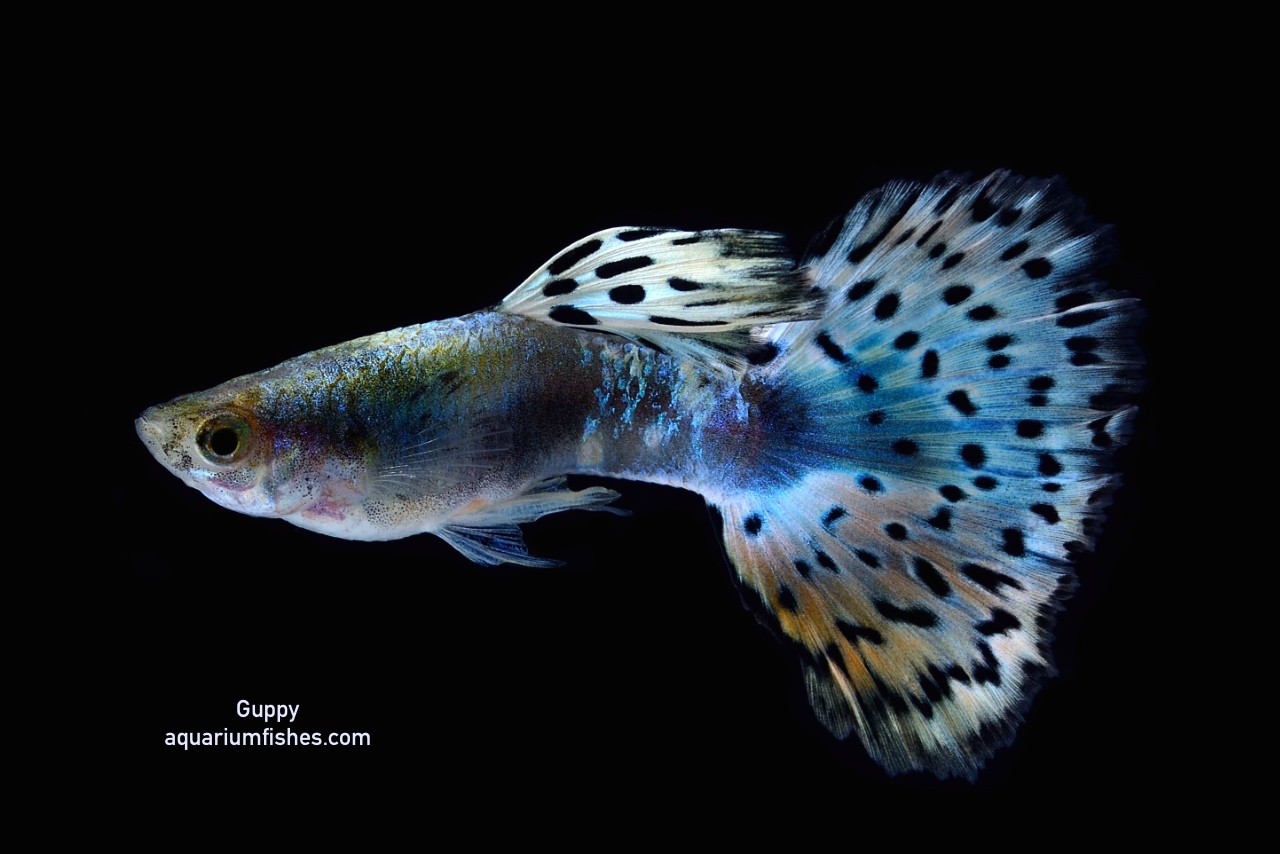


The fishes you should avoid keeping with Celestial Pearl Danios include Cichlids, Jack Dempsey, Oscars, etc. These fishes are quite aggressive, big, and faster than them. It won’t take long for them to turn your Celestial Pearl Danio into their dinner.
Also, avoid keeping shrimps with Celestial Pearl Danios. They will attack or feed on juvenile shrimps but will live peacefully with the grown-ups. You can also put a group of Neon Tetras into the tank. They will add beauty and vividness to the tank with their appearance.
The Celestial Pearl Danio will feed on anything smaller than them and become a meal to anything bigger. So, remember the size of any creature you plan to put in your community tank.
Keeping Celestial Pearl Danios Together
These small fishes with vibrant coloration are habitual to live in a group of 5 or 6 members. But make sure there are more females than males. It will lessen the competition, and the males won’t fight during the mating season.
Before setting up your community tank, make sure it has plenty of room and suitable water conditions for each fish. A small tank with less space also triggers aggression in the fish.
Galaxy Rasbora Diet and Feeding
Celestial Pearl Danios are opportunistic feeders. Their varied diet includes plants, small invertebrates, and worms. In their natural habitat, they eat algae, zooplankton, and plants.
In the tank, you can feed them a variety of food as long as their size is small enough to fit in their tiny mouth. You can feed them high-quality pellets or flakes as their base diet, but supplement with other food like Daphnia, Moina, Grindal Worms, white worms, etc., or frozen food like krill or brine shrimp. The variety of food will help in the growth and maintenance of brightness.
Also, make sure to use sinking food as they spend most of their time at the bottom or middle part of the tank.
General Tip
Individual fish’s behavior can differ from that of other fish of the same species. Some may hide away as quickly as they hear any movement, whereas some will be brave enough to come out and feed.
It is important to keep an eye on each of them while feeding. It will help you know if any fish is getting overfed or starved. You can change the way of feeding accordingly. It will help to keep every fish healthy.
You can feed the faster fish and the timid one separately, one on one side and the other on the opposite. You can sink the food where the timid one is hiding. This will lessen the waste and your time cleaning the tank.
Celestial Pearl Danio Care
Galaxy Rasbora Care
It is important to maintain the tank’s water conditions according to the fish’s natural habitat for them to thrive and grow. The same applies to Celestial Pearl Danios.
The male Celestial Pearl Danios are quite competitive and can fight with each other for potential mates. Avoid keeping more than one male in the same tank, but keep an eye on them if you do.
The diseases commonly found in them are –
| Disease | Disease | Disease |
|---|---|---|
| Thytiophyreosis(white spots) | Parasite | white cysts formation all over their body |
| Fin Rot | Fungal or bacterial infection | Torn fins or tails |
| Mycosis | Mold, Saprolegnia | Cotton-like spots on the skin |
| Hydropysea | Unknown | Swollen abdomen, cone-like spaced scales |
| Exophthalmia | Build-up fluid in the eye | Abnormal protrusion of the eyeball |
Most of these diseases can be easily cured by oral or antibiotic medication baths. But only if diagnosed on time. Otherwise, if ignored, these diseases can become fatal for them and their companion fishes.
Celestial Pearl Danio Breeding
Breeding of Celestial Pearl Danio is effortless. We already know that the males compete for the perfect mate. The courting male flashes a bright red stripe on their back and a head-down posture to invite the female fish to mate.
The female who has a dark spot near the anal fin and looks around on the abdomen area is ready for spawning. A female Celestial Pearl Danio can lay up to 30 eggs where the water has less movement. But it is unnecessary; you can find them anywhere in a group of 12.
It takes 2-4 days for eggs to hatch and begin swimming as larvae in the tank. The males can eat them up, so to increase the possibility of survival, you can remove the eggs from the main tank and keep them in a breeding tank.
The breeding tank’s rich vegetation and water conditions should be similar to those of the main tank. Feed them with micro foods for the first week, and then you can feed them baby shrimp until they grow up and become adults. They will grow quickly and soon take on the shape and coloration of adults.
Galaxy Rasbora Summary
If you are looking for a group of fish that will not only add beauty and variety to the tank but also live peacefully in the community tank, then Celestial Pearl Danio should be the first choice for you. They are also the best option if you are new and looking for a non-aggressive fish to start your fish-keeping hobby.
They are carnivores and eat actively whatever you feed them. But make sure to maintain variety in their diet. Its absence can lead to a deficiency of nutrients, and the chances of getting sick will increase.
Their vivid appearance will add beauty to your tank and engage anyone who sees it. These qualities make Celestial Pearl Danio the perfect fish for an aquarium.
What qualities of Celestial Pearl Danio did you like the most? Is there anything you would like to add about them? We will be happy to know…

